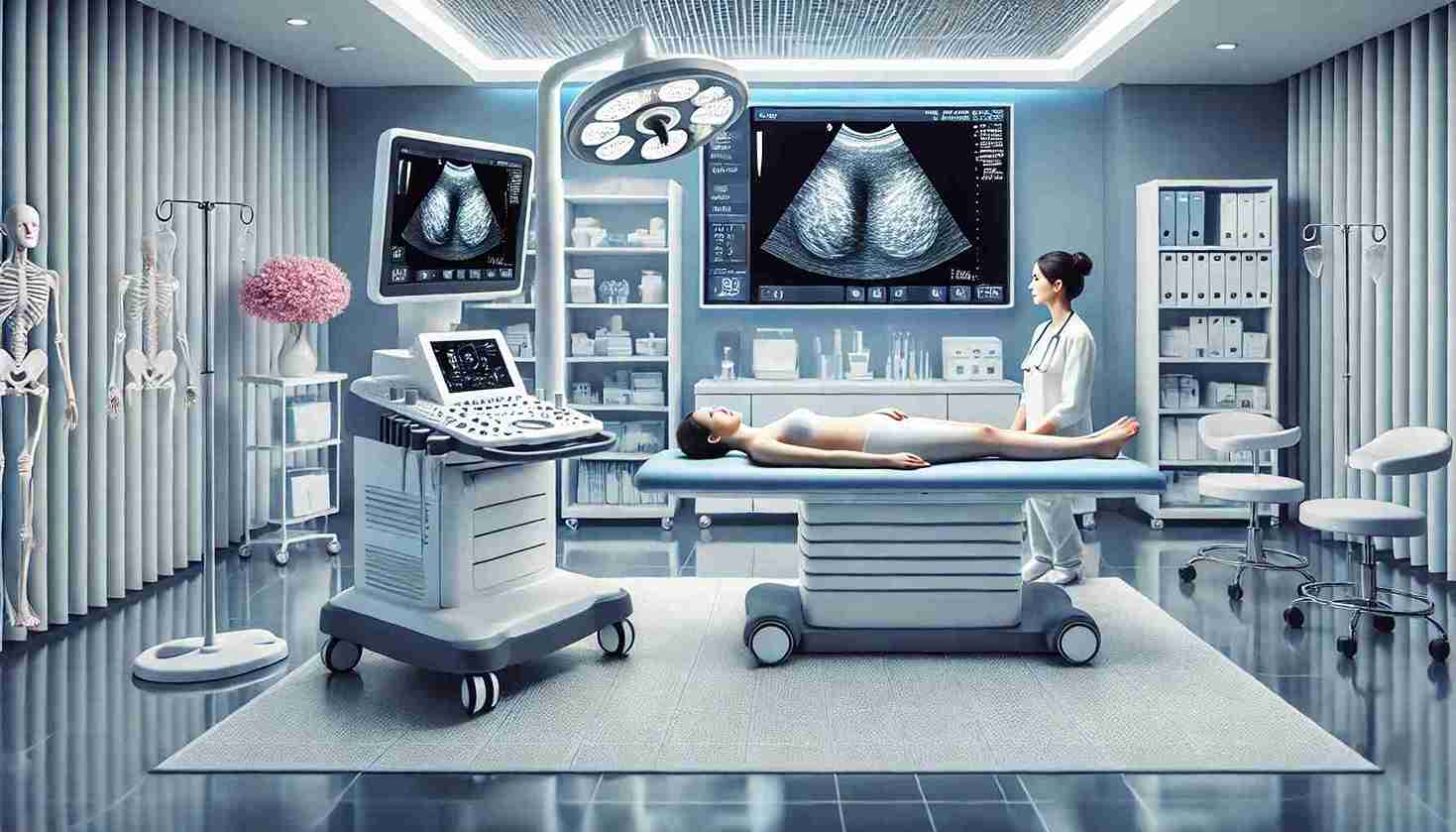The breast cancer is among the most frequent cancers that strike women around the world, making an early diagnosis crucial to ensure successful treatment. There are a variety of diagnostic instruments that are available, ultrasound is frequently employed for screening breasts specifically for women who have thick breast tissue. Yet, the question comes up: can breast cancer be missed by the ultrasound exam? This blog delves into the specifics of ultrasound for breasts as well as its precision, and the conditions under that it could miss the detection of cancer.
Understanding Breast Ultrasound: What Is It?
The breast ultrasound is an imaging procedure that is non-invasive using high-frequency sound waves to produce images of breast tissues. It assists in detecting irregularities, like lumps or lumps that are not discovered through physical exam. Contrary to mammography, which makes use of the X-rays method, ultrasound doesn’t require radiation. This makes it an ideal opportunity for young women and women who are expecting.
The use of breast ultrasounds is usually as a complement to mammograms particularly when a lump has been detected or there is a lot of breast tissue. Breasts that are dense can hide potential concerns in a mammogram since the glandular tissues as well as tumors appear both white and it is difficult to differentiate between them. Ultrasound offers more depth by offering an alternative view of breast tissues.
Can Breast Cancer Be Missed During Ultrasound?
Short answer: Yes it is possible for breast cancer to sometimes be overlooked through an ultrasound scan. Although ultrasound can be a useful instrument, it’s not 100% reliable. Many factors could contribute to the failure of detection.
-
dense breast tissues Ultrasounds are useful for looking at breast tissue that is dense, however, it is not always able to identify the smallest or less noticeable cancers. When breasts are dense, the tissues and tumors could seem similar, making it difficult to distinguish cancer.
-
Small Tumors Ultrasound can be difficult to find small-sized cancers, specifically ones that are smaller than 5 millimeters wide. The small size of cancers may go unnoticed in particular in the absence of unmistakeably lumps or they’re located in the body’s tissues.
-
The early stage of breast Cancer: In the beginning stages of the disease, certain cancers do not manifest as noticeable lumps. It is more likely that they will show in tiny groups of cancerous cells, and might not be visible in an ultrasound. The early stages of cancers like the ductal carcinoma in situ (DCIS) could be more difficult to detect with more screening procedures like mammography and MRI.
-
Accuracy of the Operator: The efficacy of an ultrasound exam largely depends on the skills and expertise of the technician, or radiologist. Insufficient or improper technique could result in incorrect or insufficient scans that could lead to being missing any anomalies.
-
Technology’s Limitations: Ultrasound has its limits as a diagnostic tool. It’s better at detecting mass-like growths, however it can’t be able to distinguish between benign or malignant tumors. Furthermore, ultrasound could be unable to detect certain forms of breast cancers, for example, the inflammatory type of breast cancer that doesn’t always create an obvious lump.
When Is Breast Ultrasound Most Effective?
It is the most beneficial when it is used in conjunction with an complete screening plan that also includes other tests for diagnosing. It can be particularly helpful when the situation is:
- Evaluation of Abnormalities Identified on Mammograms: When a mammogram reveals something that’s not right An ultrasound scan can serve more detail and assist in determining if the mass is solid or a cyst that is filled with fluid.
- Screening of Women who have large breasts Ultrasound can be beneficial to women who have dense breast tissue when mammograms by themselves may not serve enough detail.
- Guidelines for Biopsies The use of ultrasound is frequently employed to direct needle biopsy procedures in ensuring that they are precisely targeted the region of interest to take tissue samples.
How to Ensure Accurate Breast Cancer Screening
In light of the potential for missed cancer detection, it’s vital to implement the multi-modal method for breast cancer screening. Here’s how to assure an accurate and thorough evaluation
- Regular screening: Women should follow suggested screening guidelines, based upon their age and other risk factors. Mammograms every year are generally recommended for women 40 years old and beyond, while more ultrasounds may be recommended in women with large breasts, or who have a family history for breast cancer.
- Be aware of your breast health: Perform regular self-exams and inform any changes that are unusual like lumps, pain or nipple discharge to your physician.
- Examine Additional Tests: For women at the highest risk of developing cancer or having unconclusive results from ultrasound outcome, more tests like MRI or 3D mammography (tomosynthesis) may favor better quality images.
Final Thoughts: Balancing Benefits and Limitations
Although ultrasound can be a useful instrument for breast cancer detection however, it shouldn’t be used as the only diagnostic tool. Knowing its limitations and including it into a wider screening plan can reduce the chance of missing detection. When you combine ultrasound with other methods like mammography or MRI Healthcare professionals can give a more accurate diagnosis and give patients the excellent chances of early detection and a successful treatment.
Lincs Health: Your Partner in Comprehensive Breast Health
We at Lincs Health, we recognize how important it is to have accurate and comprehensive screening for breast cancer. Our team of experienced radiologists, along with state-of-the-art technology warrant that you get the accurate quality of treatment. When you’re in need of regular ultrasounds or thorough diagnostic exam our team is here to help you through throughout the process. Make an appointment with Lincs Health now to make an appointment. Take the first step to greater quality of life for your breasts.

